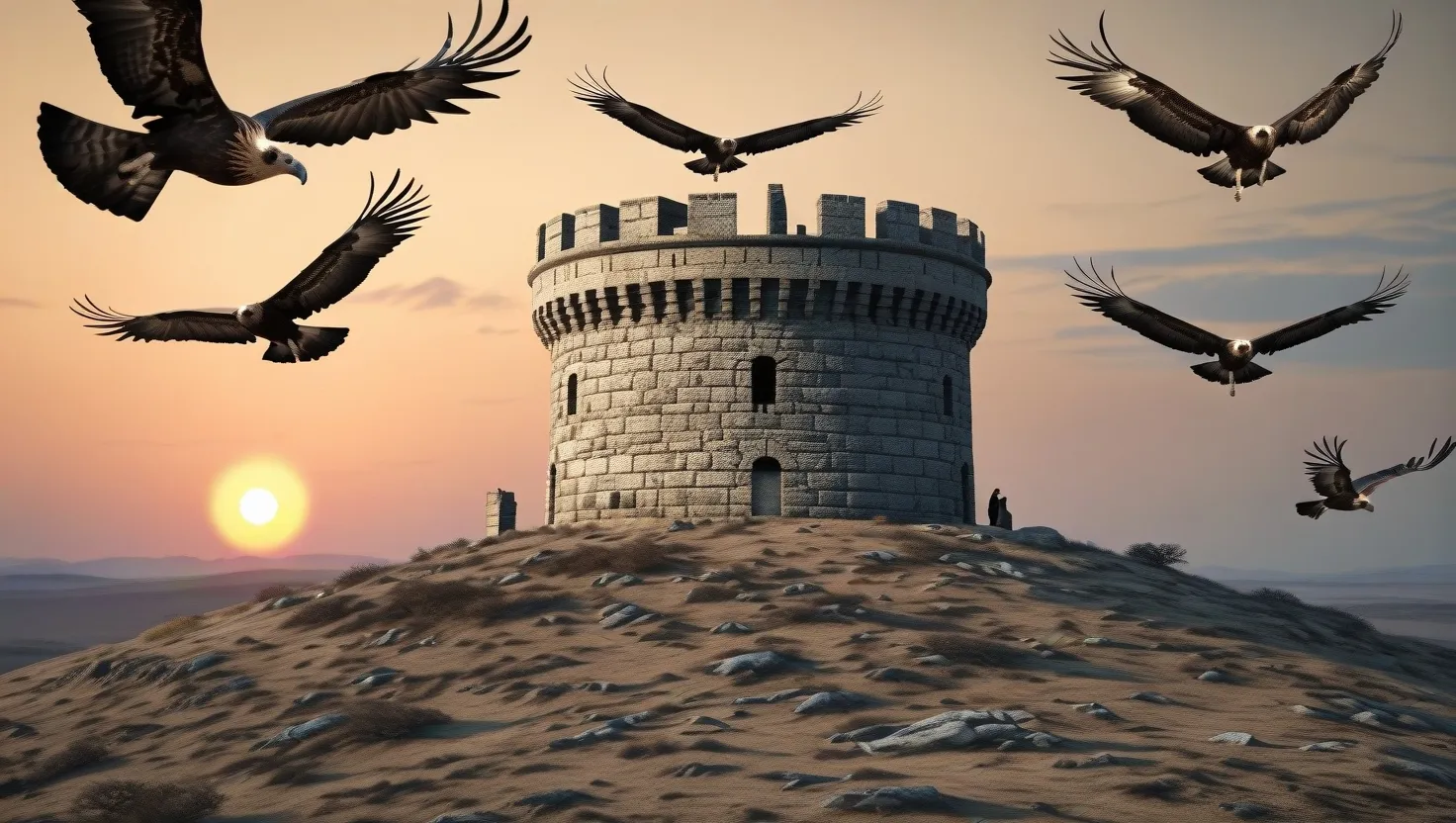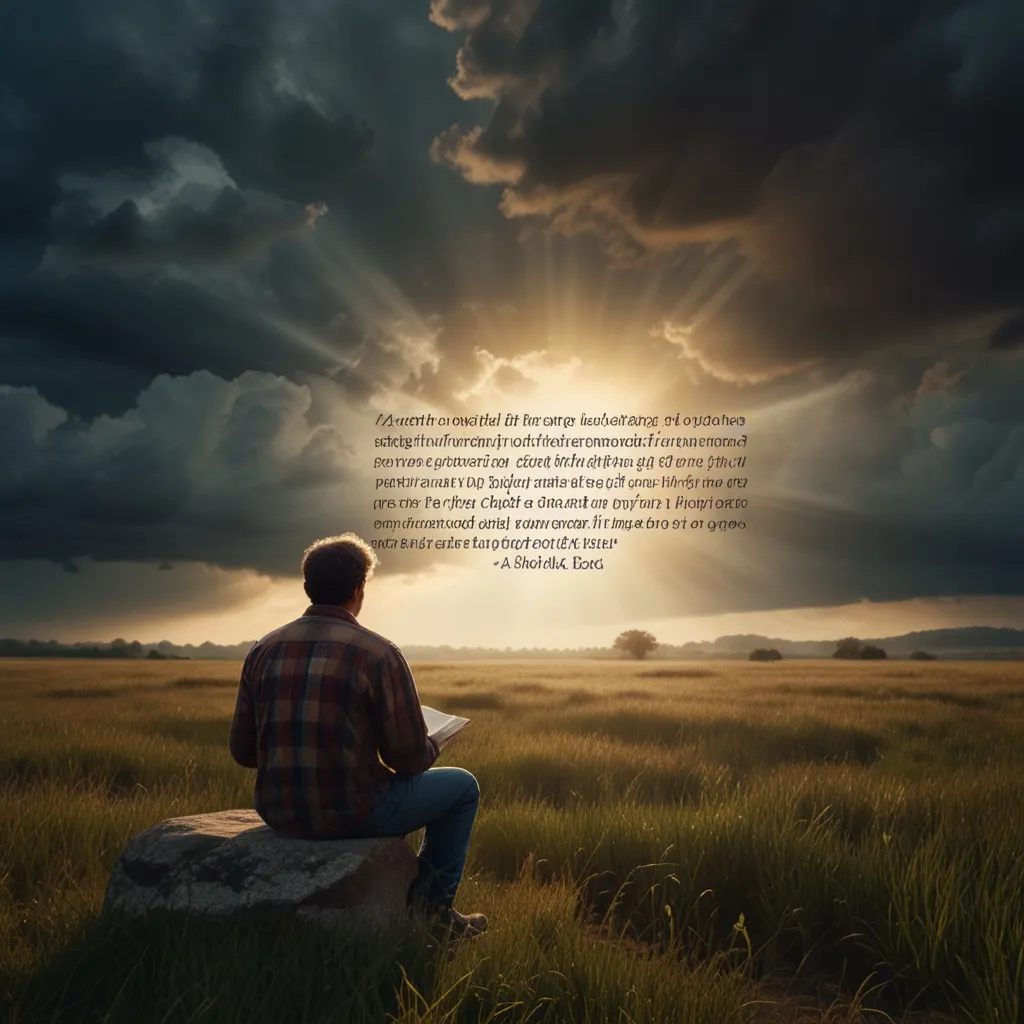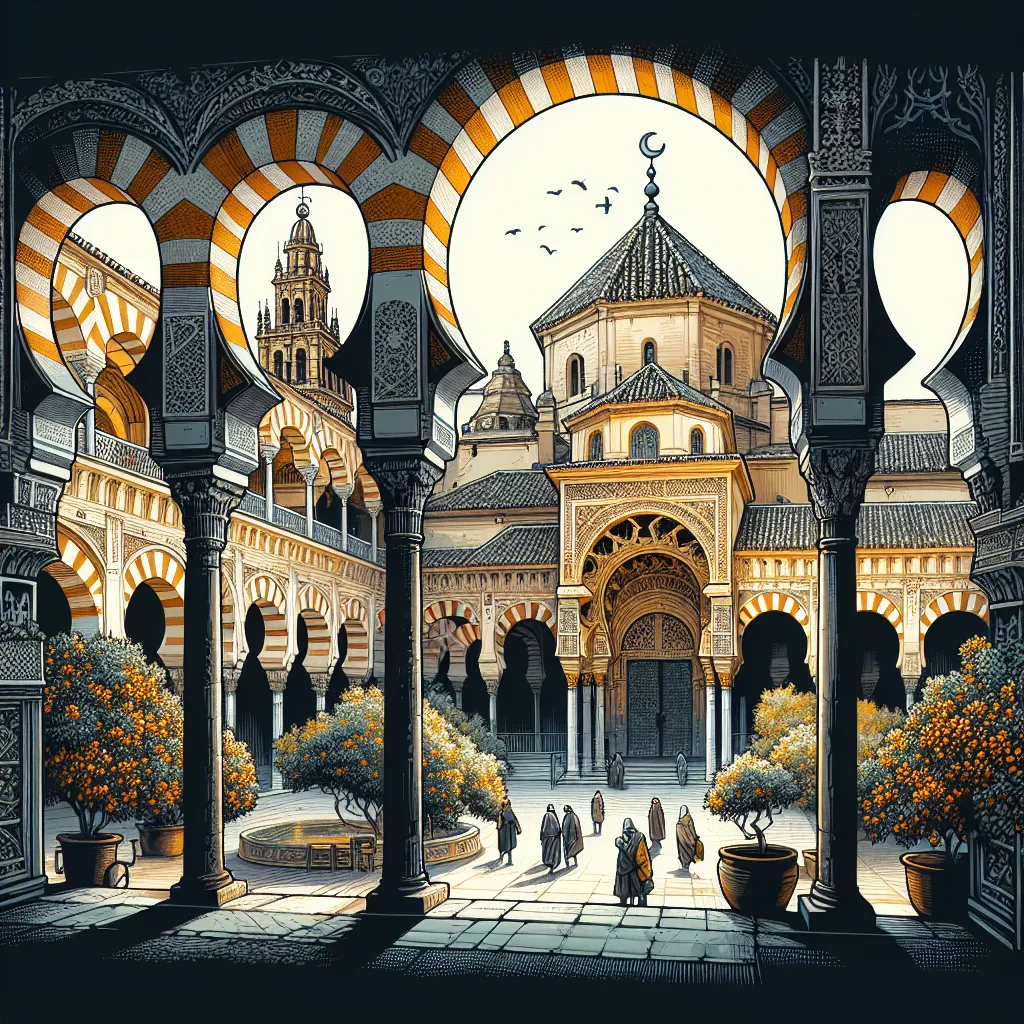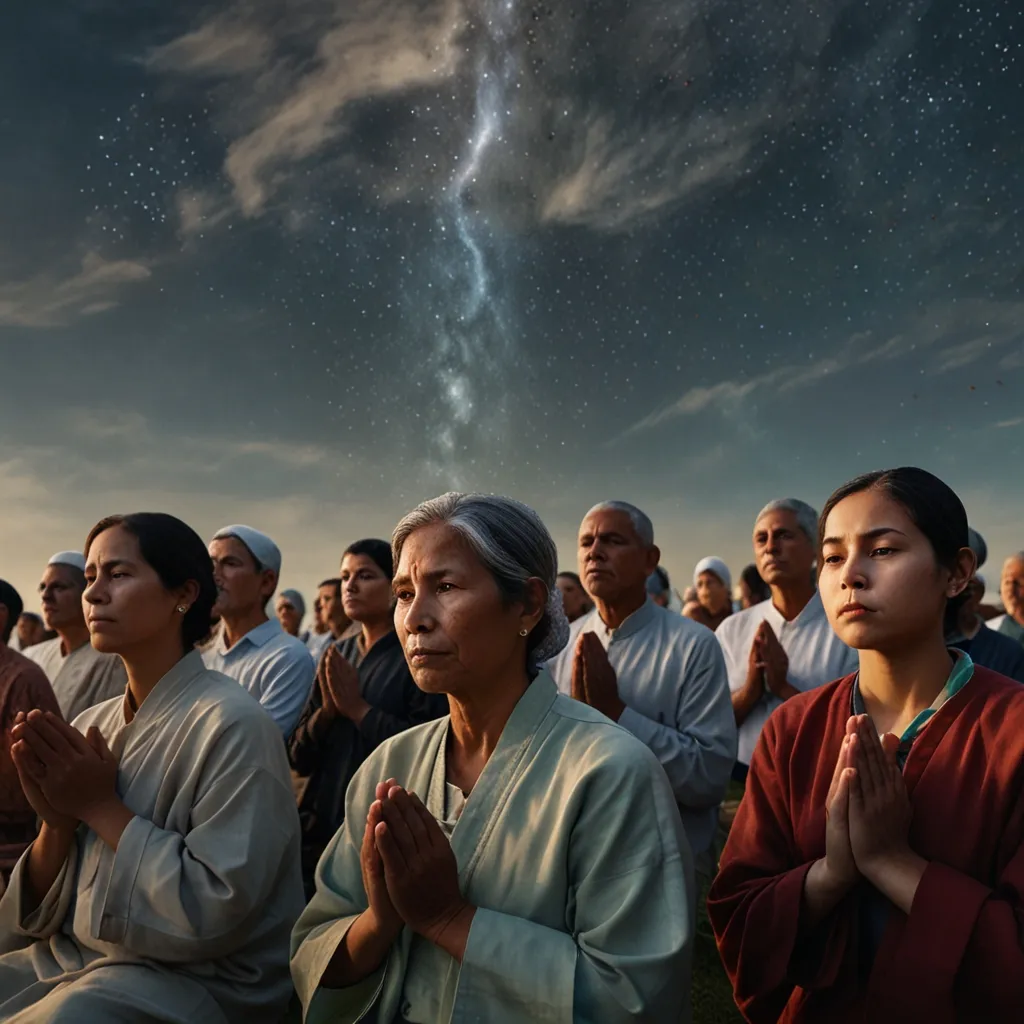In the heart of ancient traditions, there lies a unique and fascinating practice that has been a cornerstone of Zoroastrianism for millennia: the use of Towers of Silence, or dakhmas, for funerary rites. This method, often referred to as “sky burial,” is a testament to the Zoroastrians’ deep reverence for the elements and their innovative approach to dealing with death.
To understand the significance of these towers, it’s essential to delve into the core beliefs of Zoroastrianism. Founded by the prophet Zarathustra (or Zoroaster), this religion is one of the oldest monotheistic faiths, with a strong emphasis on the purity of the elements: earth, water, fire, and air. According to Zoroastrian teachings, these elements are sacred and must be protected from contamination by dead matter. This belief system led to the development of a distinct funerary practice that avoids burial and cremation, methods that were seen as defiling the earth and fire, respectively.
The Towers of Silence are architectural marvels, typically built on elevated platforms with three concentric circles. Historically, these structures were erected in areas with significant Zoroastrian populations, such as Iran, Central Asia, and the Indian subcontinent. The design of these towers is meticulous, with separate areas designated for the bodies of men, women, and children. Men’s corpses are placed in the outer circle, women’s in the middle, and children’s in the innermost ring. This segregation is rooted in the Zoroastrian belief in maintaining the purity of the elements and ensuring that the process of decomposition does not contaminate the surroundings.
The ritual itself is complex and steeped in tradition. When a Zoroastrian passes away, the body is first taken to a special chamber called a bungli, where it is washed, dressed, and laid on marble slabs. Priests, known as mobed, perform public rites that include tracing the perimeter of the body with an iron nail to demarcate a zone of impurity. A dog, highly revered in Zoroastrianism, is brought to gaze upon the face of the deceased to confirm death. After these rituals, the body is carried by pallbearers, known as nāsālārs, to the Tower of Silence.
Once at the tower, the body is left exposed to the elements and scavenging birds, primarily vultures. This process, known as excarnation, allows the flesh to be consumed by the birds, while the bones are left to be dried and bleached by the sun. The skeletal remains are then collected and placed in ossuaries or a central well within the tower, known as the estudan. This well serves as a repository for the bones, symbolizing the Zoroastrian belief in the cyclical nature of life and death and ensuring that the elements remain unpolluted.
However, this ancient practice is facing significant challenges in the modern era. One of the most critical issues is the decline of the vulture population, which has been drastic in some regions. In Mumbai, for instance, the use of a drug administered to cattle, which was then ingested by vultures that ate the remains of treated cows, led to a 99% decline in the vulture population in the 1990s. This has resulted in half-decomposed corpses posing public health risks, even with the buffer of surrounding forests.
In response to these challenges, the Zoroastrian community has been experimenting with new methods to ensure the continuation of their traditions. One initiative is a vulture breeding program aimed at restoring the population of these scavenging birds. Another innovative approach involves the use of solar concentrators to direct the sun’s heat onto the decomposing corpses, speeding up the decomposition process.
These adaptations highlight the dynamic nature of cultural preservation in the face of environmental and urban changes. For Zoroastrians living in the West, where Towers of Silence are not available, compromises must be made. Many have to opt for alternative burial methods that align as closely as possible with their religious beliefs, often involving cremation or burial in specially designated areas that minimize the impact on the elements.
The Towers of Silence also serve as a tourist attraction, particularly in places like Yazd, Iran, where these structures are part of the city’s UNESCO World Heritage site. Visitors often describe these sites as “eerie” and “spookily beautiful,” reflecting both the fascination and the reverence with which these towers are regarded. The ascent to the top of these towers, though steep, offers a panoramic view of the surrounding landscape and provides a unique insight into the ancient beliefs and practices of the Zoroastrian community.
In addition to their historical and cultural significance, the Towers of Silence embody a profound ecological awareness. By using natural processes to decompose bodies, Zoroastrians have developed a funerary practice that is remarkably sustainable. This approach contrasts sharply with modern burial and cremation methods, which often involve significant environmental impacts, such as the use of embalming fluids and the emission of greenhouse gases during cremation.
The intersection of faith and modernity is a complex one, especially when it comes to practices as deeply ingrained as those of the Zoroastrians. As societies evolve and urbanize, traditional practices must adapt to new realities. The story of the Towers of Silence is a compelling example of how an ancient religion can navigate the challenges of the 21st century while preserving its core beliefs and traditions.
For those who have experienced the loss of a loved one within the Zoroastrian community, the Towers of Silence hold a special significance. Arzan Sam Wadia, who lost his mother five years ago, recalls the ritual with a mix of sadness and reverence. “They took her body and entered the Tower of Silence,” he says, reflecting on the last memory he has of her. This personal connection underscores the importance of these towers not just as historical sites but as living parts of a community’s spiritual and cultural heritage.
In conclusion, the Zoroastrian Towers of Silence represent a unique blend of ancient tradition and modern adaptation. These structures, with their intricate design and profound symbolism, continue to play a vital role in the funerary practices of the Zoroastrian community. As the world grapples with environmental challenges and urbanization, the story of the Towers of Silence serves as a reminder of the importance of cultural preservation and the innovative ways in which faith can intersect with modernity.






